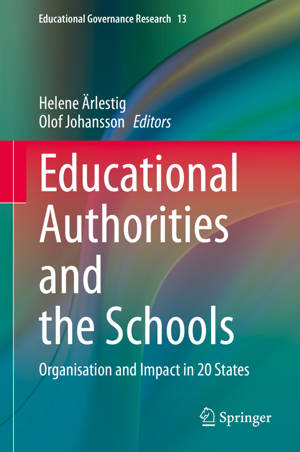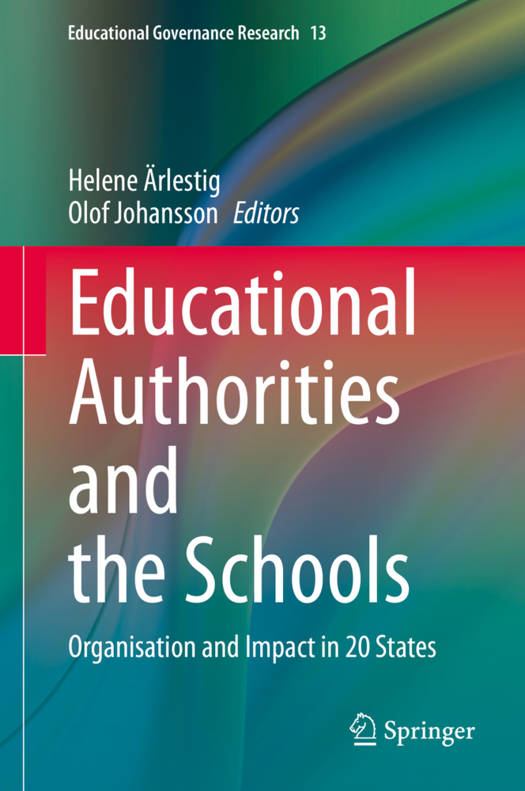
- Afhalen na 1 uur in een winkel met voorraad
- Gratis thuislevering in België vanaf € 30
- Ruim aanbod met 7 miljoen producten
- Afhalen na 1 uur in een winkel met voorraad
- Gratis thuislevering in België vanaf € 30
- Ruim aanbod met 7 miljoen producten
Educational Authorities and the Schools
Organisation and Impact in 20 States
Omschrijving
This book describes and analyses the organisation, functions and development of national educational authorities and agencies and the influence they have on local schools in 20 countries around the world. It examines the governing chain in the respective countries from both a theoretical and descriptive perspective. It does so against the background of the stability and rigour of the governing chains having been challenged, with some researchers considering the chain to be broken. However, the view that comes to the fore in this book is that the chain is still present and contains both vertical implementation structures and intervening spaces for policy interpretation.
How schools become successful is important for the individual students as well as the local community and the national state. A vast quantity of research has looked at what happens in schools and classrooms. At the same time, national governance and politics as well as local prerequisites are known to exert influence on schools and their results to a high degree. Societal priorities, problems and traditions provide variety in how governance is executed. This book provides an international overview of the similarities and differences between educational agencies and how their work influences schools.
Specificaties
Betrokkenen
- Uitgeverij:
Inhoud
- Aantal bladzijden:
- 420
- Taal:
- Engels
- Reeks:
- Reeksnummer:
- nr. 13
Eigenschappen
- Productcode (EAN):
- 9783030387587
- Verschijningsdatum:
- 29/05/2020
- Uitvoering:
- Hardcover
- Formaat:
- Genaaid
- Afmetingen:
- 156 mm x 234 mm
- Gewicht:
- 802 g

Alleen bij Standaard Boekhandel
Beoordelingen
We publiceren alleen reviews die voldoen aan de voorwaarden voor reviews. Bekijk onze voorwaarden voor reviews.










